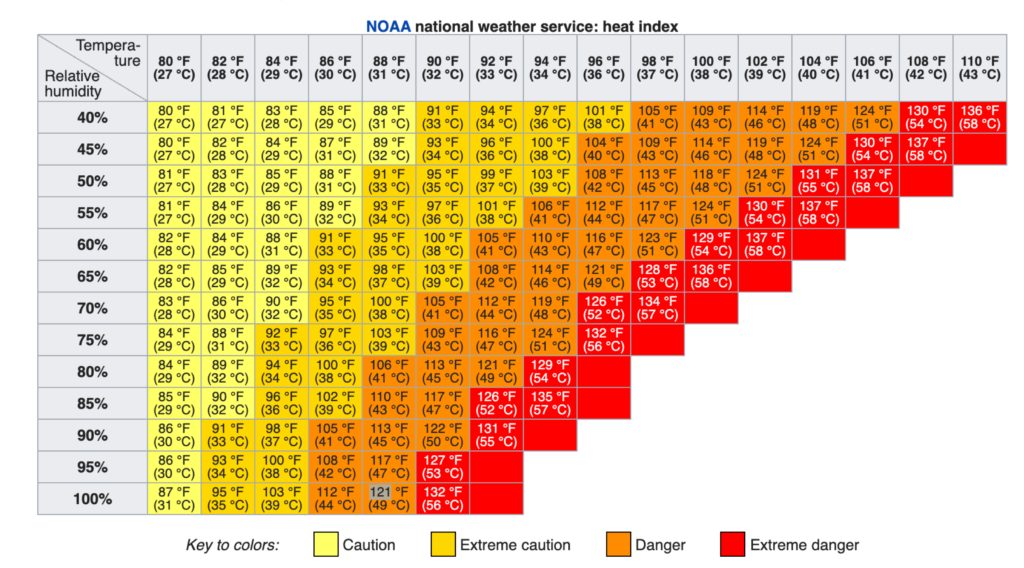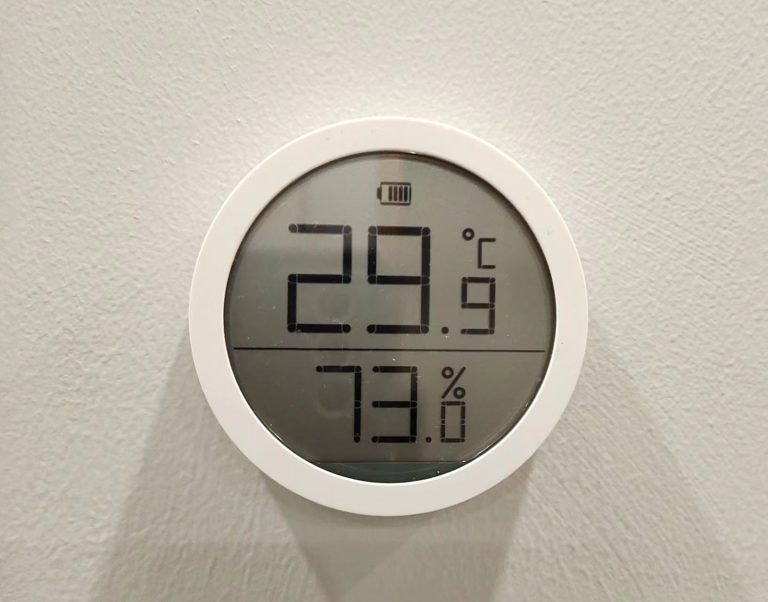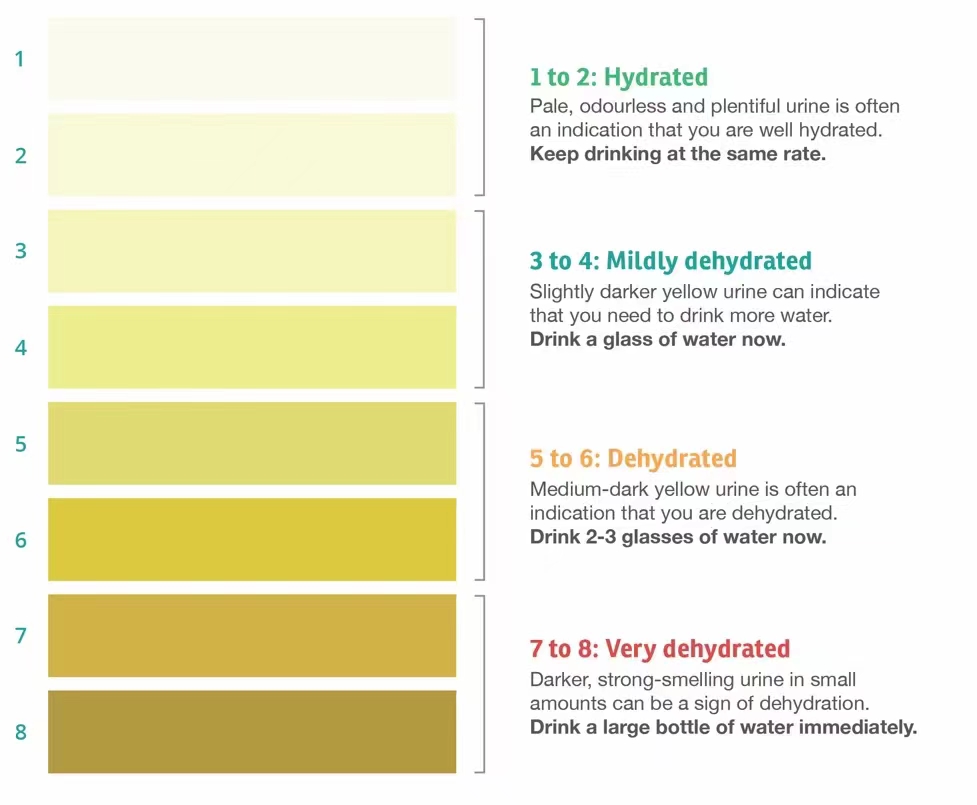Don’t Let The Heat Beat You! Helpful Tips For Safe Summer Exercise
Summer arrives suddenly, often before you even realize it! Today, as I am writing this, the outside temperature is 33 °C, but the humidity is over 60%, making it feels like 38 °C (based on the heat index chart below).
 Even in my room, the temperature is around 30 °C but the humidity is more than 70%!
Even in my room, the temperature is around 30 °C but the humidity is more than 70%!

According to data from the World Health Organization, between 2000 and 2016 the number of people exposed to heatwaves increased by around 125 million. In 2015 alone, 175 million additional people were exposed to heatwaves compared to average years. Single events can last weeks, occur consecutively, and result in significant excess mortality. In 2003 70,000 people in Europe died as a result of the June-August heatwave event. In 2010 56,000 excess deaths occurred during a 44-day heatwave in the Russian Federation.
So how can this effect your daily life?
Several heat-related illnesses can occur during exercise in the summer, including:
- hyperthermia
- heat cramps
- heat exhaustion
- heat stroke
HYPERTHERMIA
Hyperthermia is a common issue in the Summer. It’s important to remember that your core temperature is a dynamic status, usually around 37 °C, but it changes during exercise. It should not exceed 40 °C, and you should be alert when it exceeds 38 °C, which can negatively affect your performance and lead to heat exhaustion.
HEAT CRAMPS
Heat cramps usually occurs after your body has lost a lot of fluid due to heavy sweating. Muscle pain or spasms are common symptoms, but they should go away once you stop exercising.
HEAT EXHAUSTION
Heat exhaustion is a dangerous condition that requires caution. When your core temperature keeps increasing, and the thermoregulation system starts overloading. You may start to have cold and pale skin, nausea, tiredness or weakness, headache, fast but weak pulse, etc. When this happens, you need to stop exercises immediately and move to cool place. If this is not treated correctly, it can lead to a deadly condition – heat stroke.
HEAT STROKE
Heat stroke is a deadly condition that requires immediate medical care. Your body temperature exceeds 40 °C, , and the thermoregulation system is completely offline. People will NOT sweat! Hot, red dry skin can be suspected. Usually, people will have strong and fast pulse, and they may lose consciousness.
SAFE EXERCISING TIPS IN HEAT
However, the heatwaves should not stop us from exercising (+sports pic).
With the increasing numbers of people who have chronic diseases, the American College of Sports Medicine has started their Exercises is Medicine program. It promotes physical activity as a way to prevent and treat chronic diseases. Studies show that just 150 minutes/week of physical activity for adults can prevent and treat chronic diseases like cancer, type II diabetes, and heart disease (ACSM).
Here are some small tips we summarized for you to exercise safely in the Summer.
- Check the weather conditions, and use the heat index chart we provided at the beginning of this article.
- Weigh yourself before and after exercises, so you will know how much fluid you have lost.
- Apply sunscreen and dress appropriately to cover your skin to avoid sunburn.
- Avoid exercising under direct sunlight if you have to go outdoors between 12pm-4pm, the hottest part of the day in summer.
- Controlling the environment is a key to preventing heat-related illness. Chose air-conditioned exercises spots. Sometimes the ACis not enough, and you may still need fans to keep good air circulation inside the room.
- Lower exercise intensity in the summer (especially when you are outdoors.)
- Drink enough water/sports drinks, but avoid alcohol. You can use the urine chart below to see your hydration status.

- While exercising, keep checking yourself for unusual:
- sweating
- body temperature
- breathing rhythm
- skin color
- weakness
- dizziness
- headache
- and other unusual physiological symptoms.
Anything that causes you to be uncomfortable, please stop exercising immediately.
While it is clear that exercising in summer can be really challenging, you have the right to enjoy sports safely using the helpful tips we have shared. If you are experiencing a pattern of discomfort while exercising, please contact us for support!
Exercise is vital to our health and wellness, so keep moving and stay cool!
References:
www.healthdirect.gov.au/urine-colour-chart

